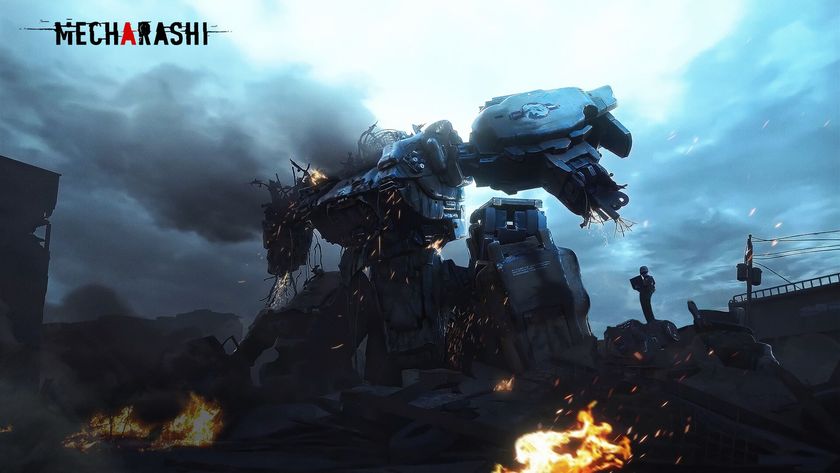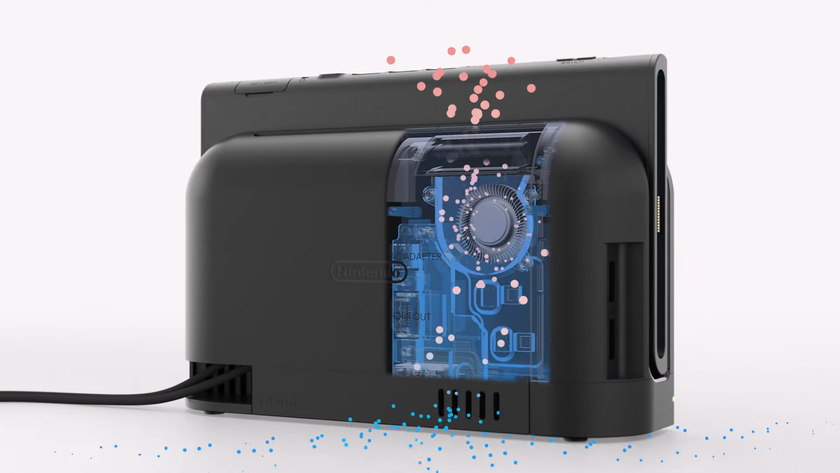RUSE – hands-on
Promising genuine battle strategy on a massive scale... or is it all a trick?
We have one ruse card left, and here’s where our idea comes into effect. RUSE’s generals have access to decoys – units that appear just as real, lumbering and downright deadly as their non-fake versions, but are made of nothing more than balsa wood and packed only with the devious giggles of their boss. That’s you.
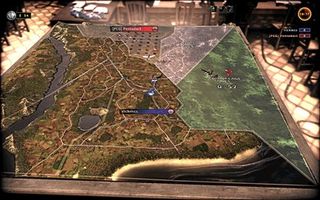
A secret, secondary force! Or so they think. Tanks and men, seconds ago jammed against the broken teeth of our smashed military mouth, are directed eastwards, toward the site of the decoys’ push. We see the arrows transform from stabbing red to distracted blue, changing their charge to a trundle. We’re safe, for now. We’ve bought time to rearm and re-supply, and we’ve demonstrated RUSE’s greatest triumph: it’s brought the mystery back.
Those units on the other side of that hill might not have been tanks. They might have been a teeny group of badly-outfitted men, dressed to look like tanks with the sneaky Revert Intel ruse, where a light band of soldiers can stomp around, looking like a terrifying heavy unit to a badly informed enemy. Or, perhaps more sneakily, with the same ruse a thrumming column of armour could put on their infantry cloak and appear as nothing more than a couple of flimsy troops out for a non-threatening reconnoitre.
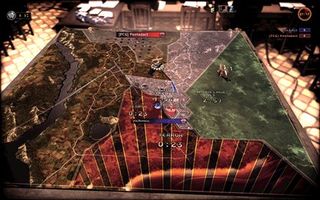
Players facing the possibility of scoundrelry need contingency plans on contingency plans; deciding to turn your army round and dig in to defend against an assault means your own offensive will stall. Use a vital ruse card to hide your buildings and buy you the time to finish your attack, and you won’t have one spare to blanket your troops with radio silence on their way to your opponent’s base. Trying to keep on top of all the variables being chucked at you requires a fearsome level of concentration, reminiscent of the gargantuan Supreme Commander.
Weaponry is built in factories laid down by slow-rolling construction trucks sent from your nearest supply depot. It comes in several flavours, from the vanilla infantry barracks to chocolate-chip with tank warehouses, to the super-experimental double-beef and sherbert prototype facility, which produces expensive but potentially battle-changing machines such as the Panzer VIII Maus supertank.
While America is the only side available in the single-player campaign, in multiplayer you’ve got the choice of six factions: America, Britain, France, Germany, the Soviet Union and Italy. Plumping for one is as dependent on your preferred style of play as your love for jackboots. Go for the Soviets and you’ll have access to long-range artillery, while the US are devoid of serious shelling ability, relying on cheaper jeeps and tanks supporting a mobile battlefront.
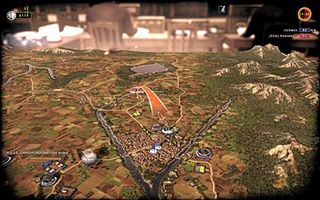
Victory isn’t just a matter of wiping your foe off the map. Scores are awarded for destroying an enemy’s units: focus on defence of your own soft military underbelly and pop more of your foe’s ironclads and you’re set to ride out the remainder of the game in your turret-ringed shell. Few strategy games cater to a varied approach – many of the most popular become no more than a cakewalk for masters of the Zerg rush. That RUSE consciously provides the base tools with which to explore the full range of tactics used in WWII – from city-square ambushes to withering artillery bombardments – is an exciting prospect.
Sign up to the 12DOVE Newsletter
Weekly digests, tales from the communities you love, and more
Jan 28, 2010

